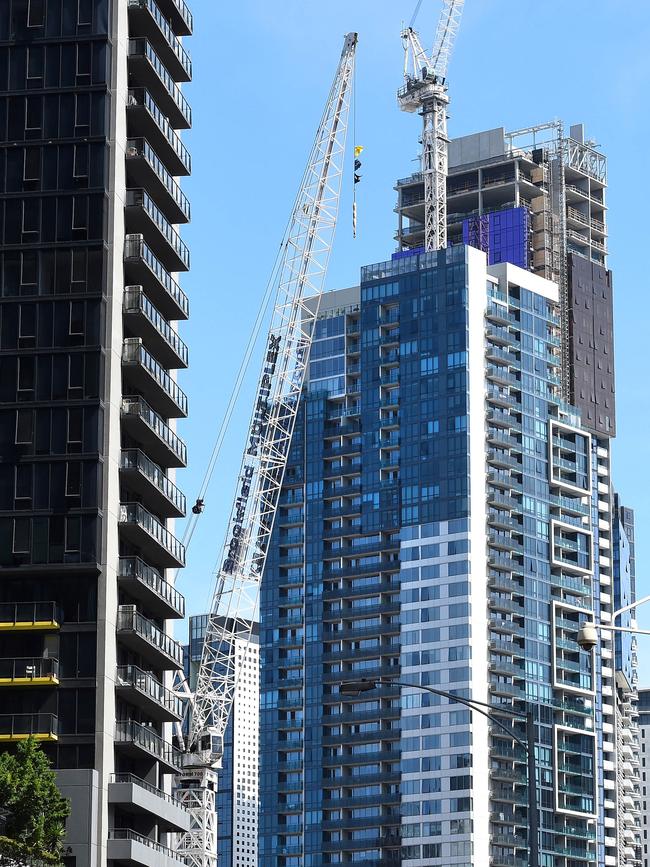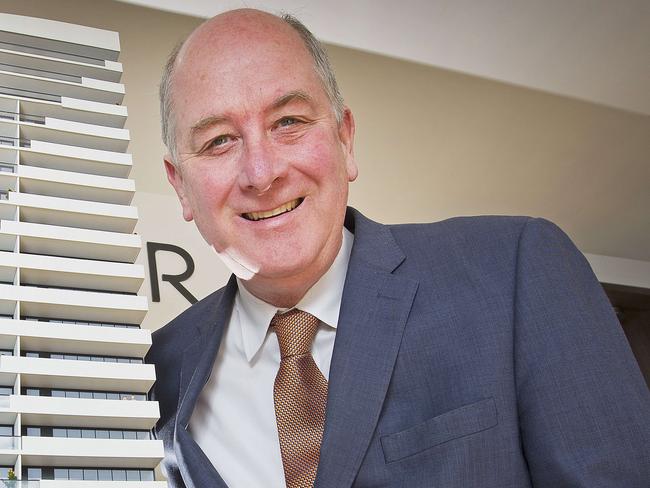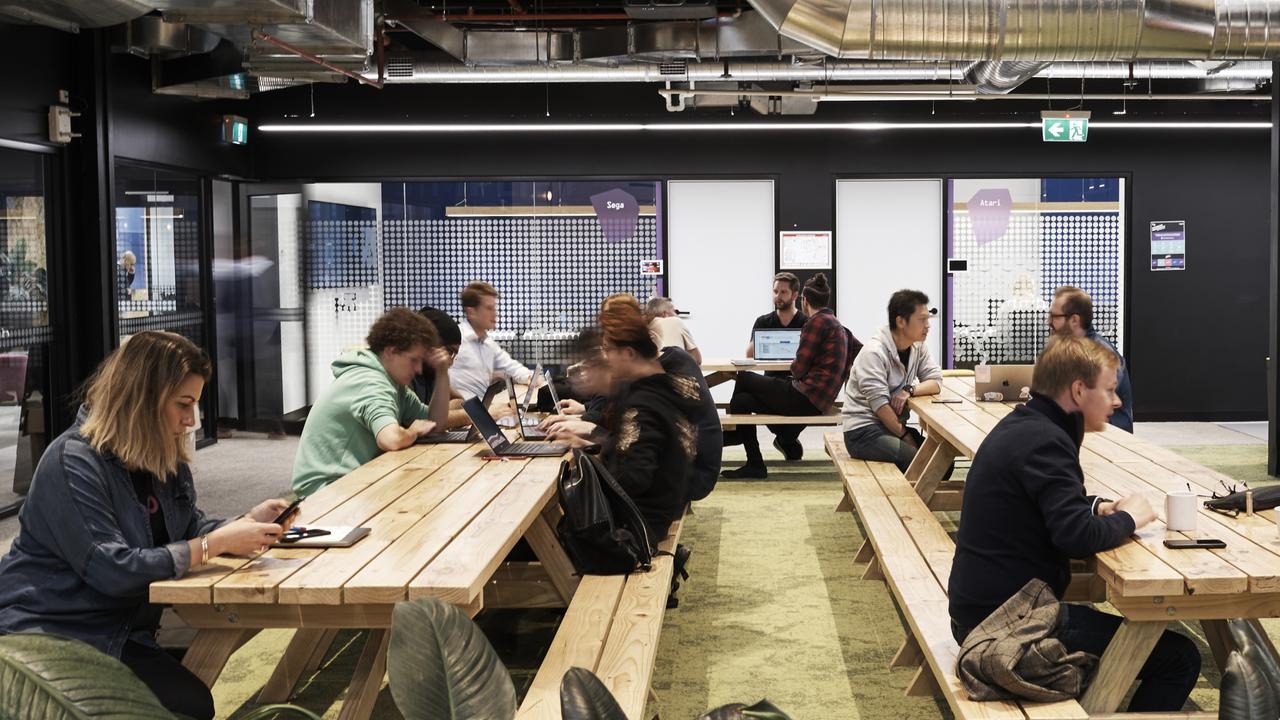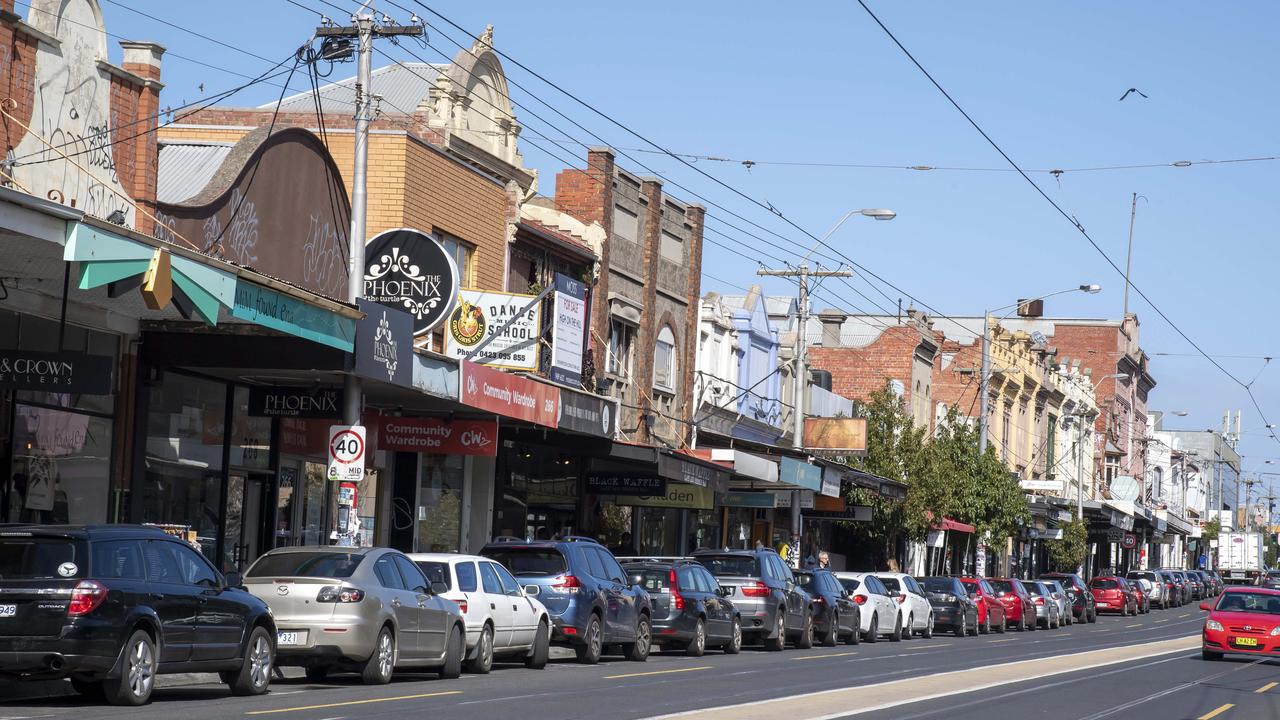Housing boom a reality in city on the build
NEW figures have confirmed the building boom in Melbourne, with the number of new houses approved for construction each year doubling over the past decade.
Future Victoria
Don't miss out on the headlines from Future Victoria. Followed categories will be added to My News.
NEW figures have confirmed the building boom in Melbourne, with the number of new houses approved for construction each year doubling over the past decade.
Huge migrant intakes have fuelled the rise, as Melbourne’s growth continues to outstrip other capitals and the city is on track to reach eight million people by 2050.
National net overseas migration jumped from 134,600 in 2005-06 to an estimated 225,700 this year, according to federal government data.
PLAN FOR HUBS WHERE YOU CAN LIVE, WORK AND PLAY
LET’S PLAN TO MAKE A GREAT CITY EVEN BETTER
HOW MELBOURNE’S WESTERN SUBURBS RATE FOR WORKING, LIVING AND PLAYING
WHAT MELBOURNE WILL LOOK LIKE IN 20, 30, 50 YEARS’ TIME
The total number of dwellings approved annually in Greater Melbourne rose from 27,000 in 2005 to nearly 58,000 in 2017.
This included:
18,000 high-rise apartments;
18,000 houses in outer growth areas;
11,000 semi-detached and low-rise units in middle and outer suburbs; and 9000 houses in middle and outer suburbs.

The figures come from new state planning department report Housing Outcomes in Established Melbourne 2005 to 2016, to be released on Thursday.
Housing in and around activity centres such as the CBD, Richmond, Port Melbourne and Box Hill has risen from 330,000 dwellings in 2005 to 450,000 in 2016.
Planning Minister Richard Wynne said that of the 1.4 million dwellings in Melbourne’s established areas, almost a third were within 400m of key activity centres that provide transport and other services.
“This data shows that our plans for a growing city are working. We’re encouraging residential development in the right areas — and that’s exactly where people are choosing to live,” he said.
The report confirmed the inner-city housing boom, especially residential towers.
Melbourne CBD dwelling numbers jumped from 11,744 in 2004 to 31,036 in 2016; Southbank went from 4252 to 11,850 over the same period; Carlton rose from 6017 to 10,527; and Docklands increased from 2391 to 8822.

The report revealed the city’s affluent inner-east had the highest rates of development projects involving one dwelling being demolished to be replaced by another one.
In Boroondara, which includes Hawthorn, Kew and Camberwell, about two-thirds of all developments from 2005-2016 were one-for-one replacement projects.
The figure for Stonnington, which includes Malvern, Armadale and Toorak, was 48 per cent.
Areas with low one-for-one replacements included Brimbank (six per cent); City of Melbourne (nine per cent); Knox (10 per cent); Maroondah (11 per cent); and Greater Dandenong (16 per cent).


